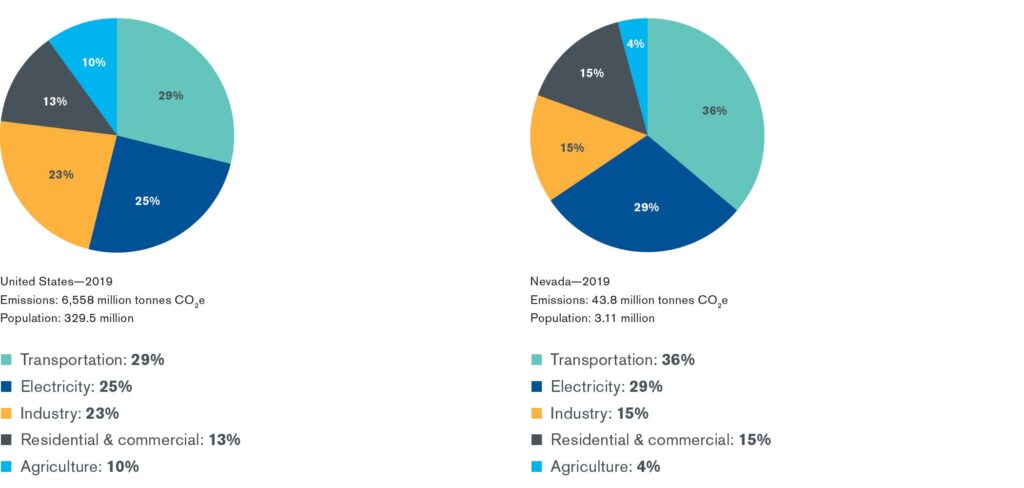A recent study led by A. D. Kirillova from the Vologda Research Center of the Russian Academy of Sciences has shed light on the challenges faced by young people entering the workforce in Russia, particularly in the context of an evolving labor market. Published in the ‘Russian Journal of Economics and Law’, this research highlights significant barriers that hinder youth employment, despite various state initiatives aimed at promoting job opportunities for young specialists.
The study identifies several pressing issues that contribute to the difficulties young people encounter when starting their careers. These include a lack of clear regulations regarding the status of young specialists, limited access to relevant labor market statistics, and a general unawareness among youth about the current job landscape. Furthermore, there is a notable mismatch between the skills acquired through education and the actual needs of the economy, which can leave graduates struggling to find suitable employment.
Kirillova emphasizes the urgency of addressing these challenges: “Despite the variety of measures, young people still face serious barriers to successful career starting and stable employment in general.” This assertion underscores the need for targeted policies that not only recognize but actively address the unique circumstances of young job seekers.
For the energy sector, this research presents both challenges and opportunities. As the industry continues to evolve with new technologies and sustainability goals, there is a growing demand for skilled labor that can adapt to these changes. Companies in the energy sector could benefit from initiatives that align educational programs with industry needs, ensuring that graduates possess the relevant skills and knowledge.
Moreover, the findings suggest that energy companies could play a role in bridging the gap between education and employment by engaging in partnerships with educational institutions. This could involve internships, mentorship programs, or even co-developing curricula that focus on the competencies required in the energy field.
The study’s practical implications extend to public administration as well, indicating that policymakers can utilize these insights to refine their strategies for promoting youth employment. By focusing on the specific barriers identified in the research, there is potential for more effective employment policies that not only support young individuals but also strengthen the workforce in critical sectors like energy.
In summary, Kirillova’s research serves as a crucial reminder of the importance of adapting employment policies to meet the challenges faced by young people in Russia. By addressing these barriers and aligning educational outcomes with market needs, the energy sector can position itself as a leader in creating sustainable employment opportunities for the next generation.




